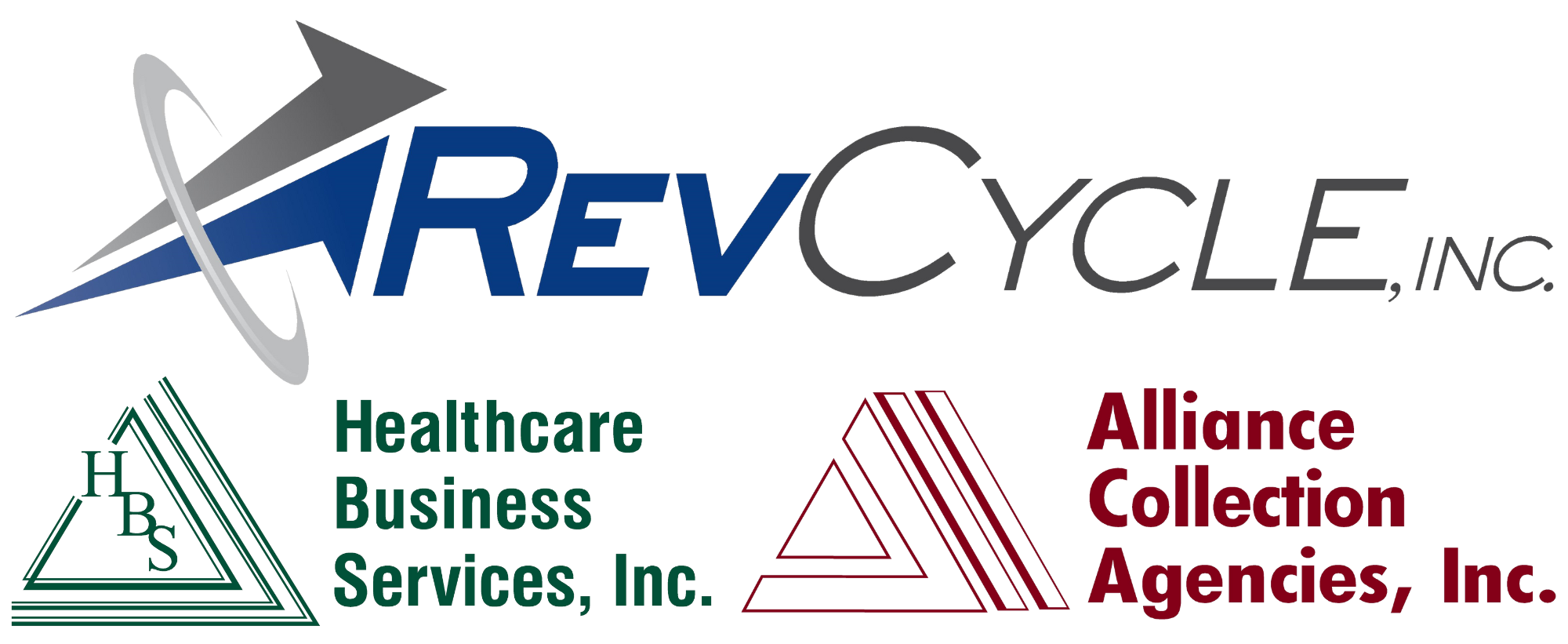The role of a manager is to support employees—and that includes supporting their mental health. As we move into the new normal following the COVID-19 pandemic, that will be especially true for healthcare staff management.
Not only were healthcare staff on the front lines of the pandemic, they had to adapt to the rapid adoption of new modalities and technologies, such as automated workflows, digital communication, and telehealth. The fallout of those stressful months could include anxiety, depression, burnout, trauma and even PTSD. Some experts even posit a “behavioral health disaster” among healthcare workers if steps are not taken to identify, prevent, mitigate and manage PTSD symptoms.
What can leaders do to manage healthcare staff in the new normal?
1. Implement Stress Management Training & Mental Health Support Programs
That is, if you have not already. Healthcare staff will need mental health, stress management and wellbeing programs more than ever as they deal with the fallout of the pandemic and rebalancing their lives after months of intense stress. Healthcare leadership should consult with mental health experts on the best programs for their staff.
Invest in Training
Mental health training topics for healthcare staff may include:
- Debunking common myths and stigmas about mental health
- Coping with high stress demands and environments
- Maintaining a healthy work-life balance
- Substance abuse and other addictions
- Healthy stress reduction and relaxation techniques
- Who to go to for mental health concerns
- Self-monitoring and pacing
- Identifying actual threats/fears vs anxiety
- Helpful vs negative self-talk
- Setting healthy boundaries
- Focusing on what they can change vs what is outside their locus of control
Make Sure Staff Is Aware of the Resources
In the 2019 Mental Health at Work Report, issued by SAP and Qualtrics, nearly 46% of all workers said that their company had not proactively shared the mental health resources available to them. Make sure your staff knows about the resources and are actively encouraged to use them. Make time available to attend trainings and make the training mandatory or incentivized in order to allay fears. Managers should set the example by participating themselves.
Employee health plans should include robust coverage for mental health treatment, including virtual options that might work better for busy schedules. Allow for flexible scheduling whenever possible to attend appointments.
2. Don’t Wait Until Your People Ask for Help…Because They Probably Won’t

Healthcare staff must deal daily with strong emotions from patients and their loved ones. Most must make do with a lack of time and/or resources. They may fear getting a side-eye from their colleagues if they need a “mental health day” to recuperate or are seen taking a sorely needed break. They may fear losing their jobs, being passed over for a promotion, or letting down their team if they don’t work continual overtime, even when they’re exhausted.
There are also personality factors at play. Many healthcare workers go into the field out of a desire to help people. They are service-oriented individuals who are seen—and who may see themselves—as strong, capable, giving, and tireless. They may downplay their own needs or see asking for help as weakness. After all, they are the ones who are supposed to be doing the helping.
All these factors make self-care for healthcare workers a particular challenge. You cannot wait for them to ask for support, no matter how stressed they are. Rather, you must be proactive in offering support and codifying mental health best practices. Otherwise, you may end up losing a valuable employee to burnout.
3. Build a Culture of Self-Care, Backed Up with Real Policies and Procedures
It is important to teach and encourage self-care, but without procedures and policies, staff may forgo self-care due to pressure, stigma, or fear of negative consequences. Actively enforced policies take the burden off staff by giving them “permission” to take care of themselves.
These policies can include:
- Mandatory PTO days
- Mandatory rest/relaxation/stress management breaks
- Required limits on work hours
Practices can include:
- Assigning mentors, work partners or teams to encourage peer support
- Scheduling regular check-ins between supervisors and direct reports
- Providing healthy, energizing food options in the breakroom to reduce reliance on sugary snacks and caffeine
- Providing at-work options for yoga, exercise, meditation, and other stress reduction techniques
- Providing regular mental health and wellness training, as described above
The cost of these policies and practices is made up for in recaptured productivity and in preventing the loss of good employees to burnout.
Building a culture of self-care starts with leadership. Managers should set the example by prioritizing self-care themselves. If employees see their managers making use of resources, taking rest breaks and utilizing PTO, they are more likely to feel comfortable and safe doing the same.
4. Support Your Healthcare Staff by Being Flexible

COVID-19 will have a long shadow as individuals and families try to rebalance their lives. Staff members may be dealing with childcare or other scheduling challenges as a laid-off spouse returns to the workforce, for example. Some staff members may need more hours to make up for lingering unemployment in the family, while others must work less to accommodate family needs.
Whenever possible, allow for more scheduling flexibility for employees. Show compassion and understanding. Not only will this help employees stay more productive in the present, they will likely respond to your compassion with dedication and loyalty in the long term.
5. Communicate, Communicate, Communicate
Uncertainty breeds anxiety. When the world feels shaky on its foundation, even a small procedural or staffing change can feel like an earthquake.
Be transparent about the state of the practice and any organizational changes or updates. If you do not address it, the rumor mill will—and even if there’s nothing wrong, the uncertainty will make it so. Set clear expectations about working hours, workloads, and priorities.
Reduce the Burden on Your Healthcare Staff With Customized Revenue Cycle Management Solutions
Your staff will thank you (and feel stronger, too). With the burden of patient billing and collections lifted, they will have the muscle for what they do best.
Send us a message or call 888.576.5290 to schedule a phone consultation at your convenience. We are happy to address any revenue cycle concern!

